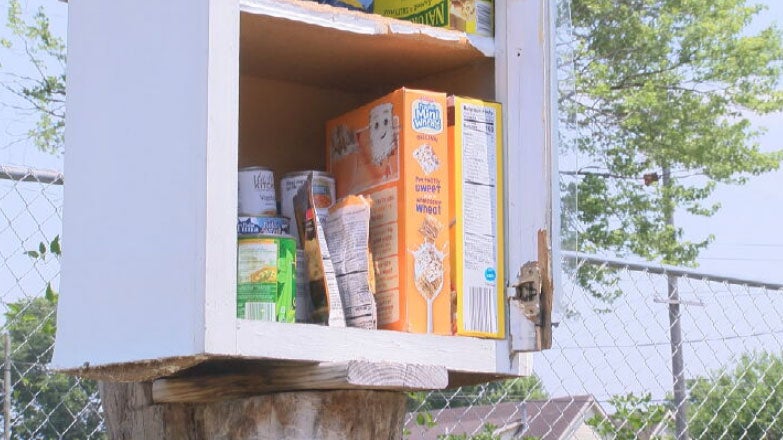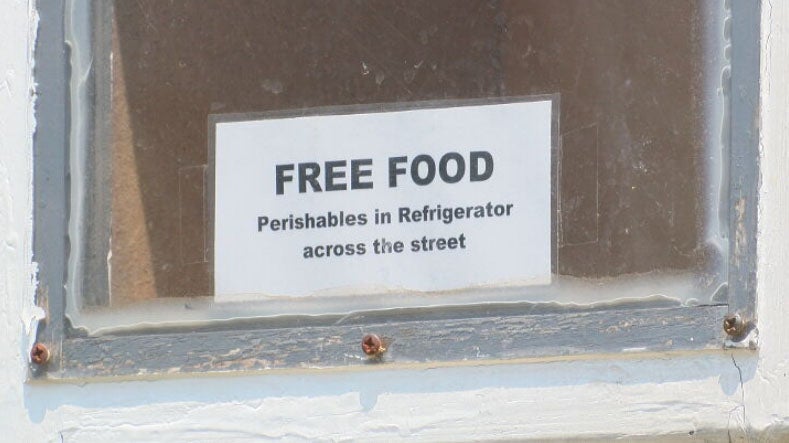Indianapolis food pantry struggles to meet need as prices rise
INDIANAPOLIS (WISH) — Rising prices at the grocery store are putting a strain on wallets and resources.
Getting enough food for many is an nonstop struggle, and one local organization is working to fill the gap.
Three Indy Community Pantry-sponsored refrigerators serve part of the city, and the group’s representatives say when the refrigerators are stocked that the food is gone within half an hour.
Food insecurity impacts many people around the 1000 block of Eugene Street, located a few blocks southwest of the I-65 interchange for Dr. Martin Luther King Jr. Street. Tamika Smith is one of the many people trying to do something about it. “I’m from the neighborhood and, you know, growing up around here was a struggle.”
She’s just adding onto the work the Indy Community Pantry’s done since 2020.
She shops at area food pantries, and takes the food she doesn’t use to one of the Indy Community Pantry cabinets. “And if it’s some thing that they can use, I don’t mind bringing it over here for them.”
Smith says although times are hard, any help helps. “And you can put them in there and drop them off, or you can drop them off at your local pantry.”
The food doesn’t last long in one of its pantry’s community refrigerators. DeAndrea Rayner, the group’s founder, said, “One-hundred dollars gets you nowhere: one bag of groceries. So, we really depend on big grocery stores to help with donations.”
Placing the refrigerators in food deserts is key, Rayner says. Plus, when the food supply is low, she sends out public service announcements. “When I don’t have it I’ll put a PSA in the community.”
Andrew Butters is a professor of business economics and public policy at the Indiana University Kelley School of Business. He says about the rising grocery prices, “You’re not alone in what we call the sticker shock.”
He says, in the past 18 months to two years, consumers have seen record-breaking rates of inflation. “So, if you can imagine 7%, 7% a couple of years in a row, or even 10%, for that matter, a couple years in a row. You can certainly see just how that would impact the cost of grocery shopping.”
While he says inflation has slowed down and supply chain issues are resolving, chances are shoppers won’t see much relief.





